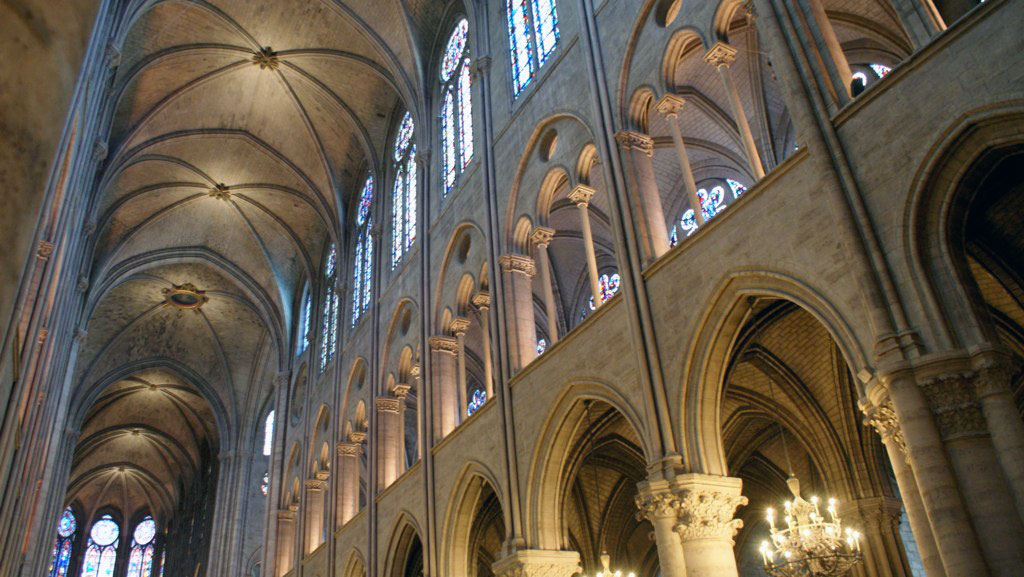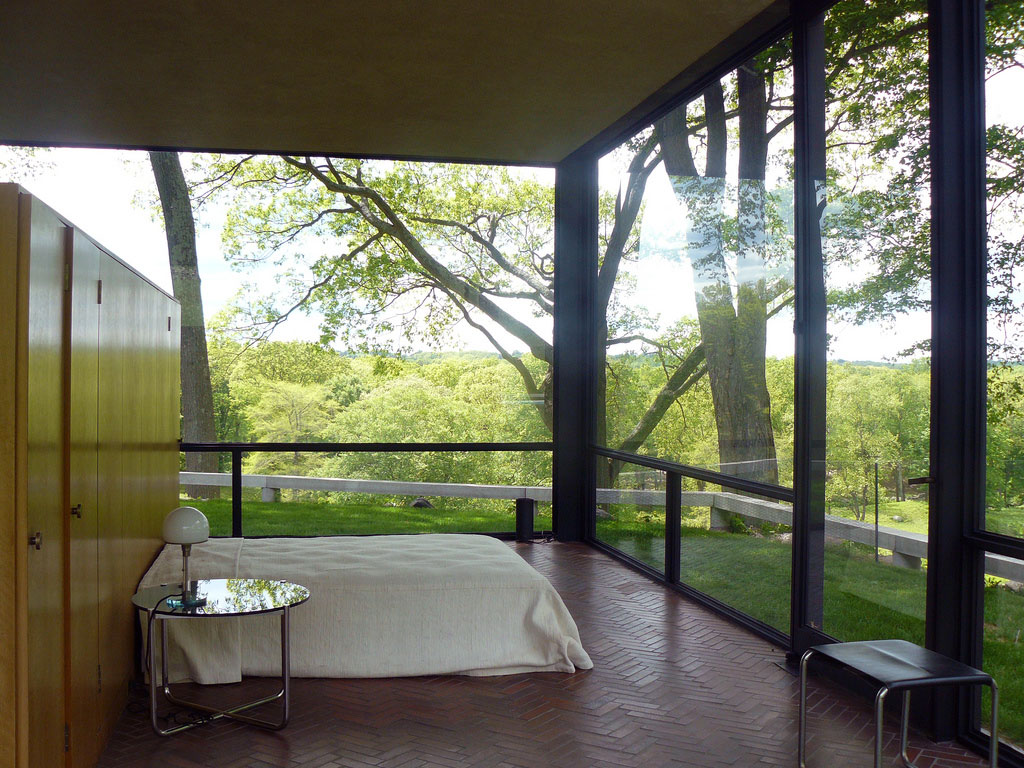Human ecology – the study of how our environment affects us, and how we in turn affect our environment – is a topic near and dear to our hearts at H&H. So when AIA Seattle’s Committee on the Environment (COTE) approached us to present to their members about human ecology and high performance building we were happy to oblige. The group recently packed into the conference room of our Seattle office for a presentation by H&H’s Sam Hagerman.
The study of human ecology in architecture and construction is focused on how buildings affect occupants. We look to inside/outside connections as a measure of “positive” impact of the built environment on people: how much daylighting, natural ventilation, or visual access to the outside does a given building provide?
Much of this jibes well with the high performance, low-load approach to building (e.g. Passive House) with its emphasis on daylighting, passive solar design, and indoor air quality. But one objection to Passive House buildings made in the name of human ecology is that superinsulated, airtight structures disconnect us from nature. My doctor actually debated me on this very subject when I was under the knife recently. (Seriously. I think it was a distraction technique, but I sure felt at a disadvantage in the conversation!) My doc’s contention was that you should be able to hear the rain hit your roof and the wind blow through the trees when you’re inside. We shouldn’t seal ourselves off from the outside.
Of course, this argument assumes that you live in the country where sounds of nature prevail, not the city where interior peace and quiet may be more highly valued. But he raises an important point. The fact is that the ever-increasing imperative to reduce building energy consumption is driving us toward thicker walls, triple pane windows, and airtight construction.
Nevertheless, the notion that we are now building virtual thermoses, cut off from nature and the outside is false. As Sam emphasized in his presentation to the COTE, when we look through a human ecologist’s lens and speak of a building’s access to nature we’re fundamentally speaking of access to fresh air and natural light.
In the old days, architects and builders provided this access thusly:

Photo by Lynette Chea under a creative commons license.
Notre Dame certainly provides air, light, and inspiration. But nobody’s going to try to heat that space in the winter. Its 14th century connection to light and air also brings thermal discomfort whenever temperatures in Paris are cold.
Here’s how we did it in the mid-20th century:

Photo by Kathia Shieh under a creative commons license.
The Glass House, designed by Philip Johnson and built in 1949 in New Canaan, Connecticut has incredible connections to its surrounding landscape. But its single pane glass envelope is infamous for poor performance, daring the Connecticut winter to do its worst on occupants.
In the 21st century, however, we can connect people to fresh air and natural light like this:

Photo by Jeremy Bittermann
Though superinsulated, airtight, and über-efficient, Karuna House provides as good a connection to the outside as I’ve ever experienced in a building. Sweeping views and daylighting make the visual connection. Mechanical fresh air ventilation provides a constant supply of filtered fresh air so rich in oxygen that it feels like you’re breathing outside, though free of allergens. The air is so fresh at Karuna House that you actually notice and appreciate the fragrance of the wood inside the space, testifying to the power of nontoxic building materials to improve occupant experience. Temperatures stay at an even 70 degrees Fahrenheit, subtly modulated by hydronic coils in the floors rather than forced air. Operable windows are everywhere, inviting a direct portal to outside air and sounds; but it never occurs to me to open one when I’m there.
The space is a quiet, invigorating, and light-filled sanctuary, interconnected with the outside despite its thick walls. This is no thermos. It’s a healthy “human ecosystem” that also delivers revolutionary energy performance.
We often forget that the study of human ecology is actually bi-directional. Our focus is understandably on how building systems affect people. But people’s effect on building systems is also important. In conventional buildings this effect is usually nominal, except in negative ways, like when a classroom full of students becomes oxygen-starved and heads begin to nod. But in high performance low-load buildings people actually become a critical part of building systems, especially heating. Energy demand for heating in superefficient structures is so low, and internal heat gains are captured so well, that the body heat of occupants can go a long way toward heating such buildings through the winter.
Some rough numbers will illustrate the point. Say the heat demand of a 2000SF high performance house is 5,000 btu/hr. The body heat generated by the average human is 350 btu/hr. So the collective energy generated by a family of four is 4 x 350 btu/hr, or 1,400 btu/hr. (Maybe less if the kids are small, but for the sake of argument these numbers are close enough.) The result is that 28% of the home’s heat demand is met by the body heat of the family when they’re occupying the space, making occupants integral to the home’s heating system. In contrast, for a conventional home with a heat demand of 50,000 btu/hr the family’s body heat would meet just 2.8% of demand, an insignificant blip.
As building professionals we are moving from the old paradigm where building occupants played little or no role in building systems to a new one where people are integral to building performance and the overall building “ecosystem.” Through high performance building we can create a symbiosis in which buildings make their occupants healthier and happier and occupants make their buildings better performing.
Back to Field Notes